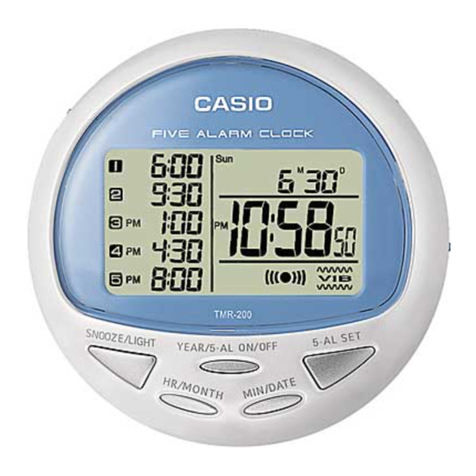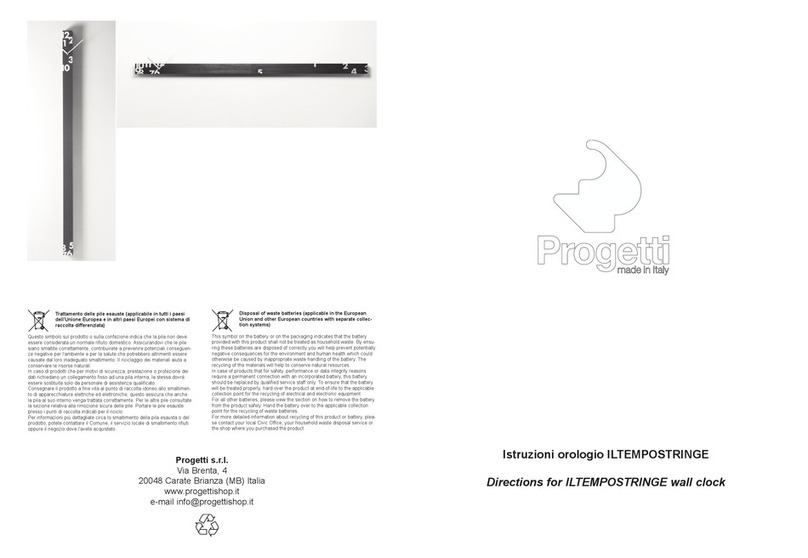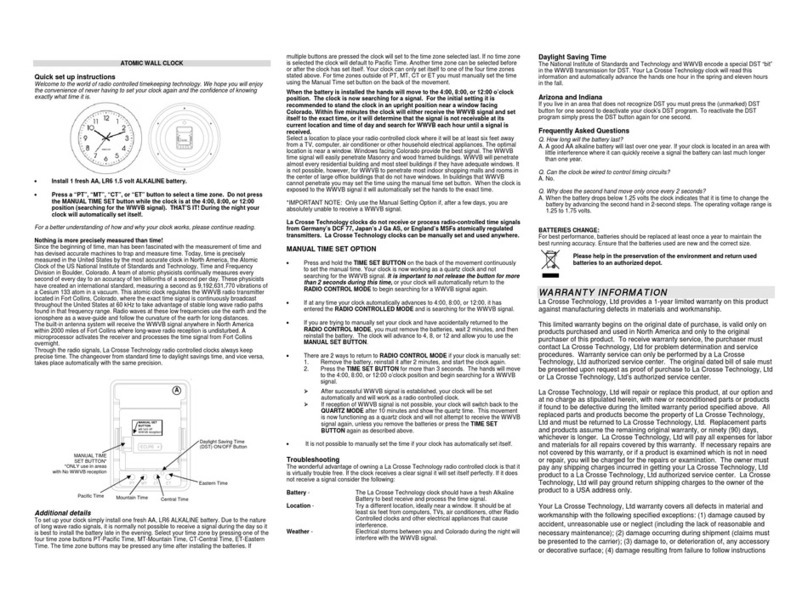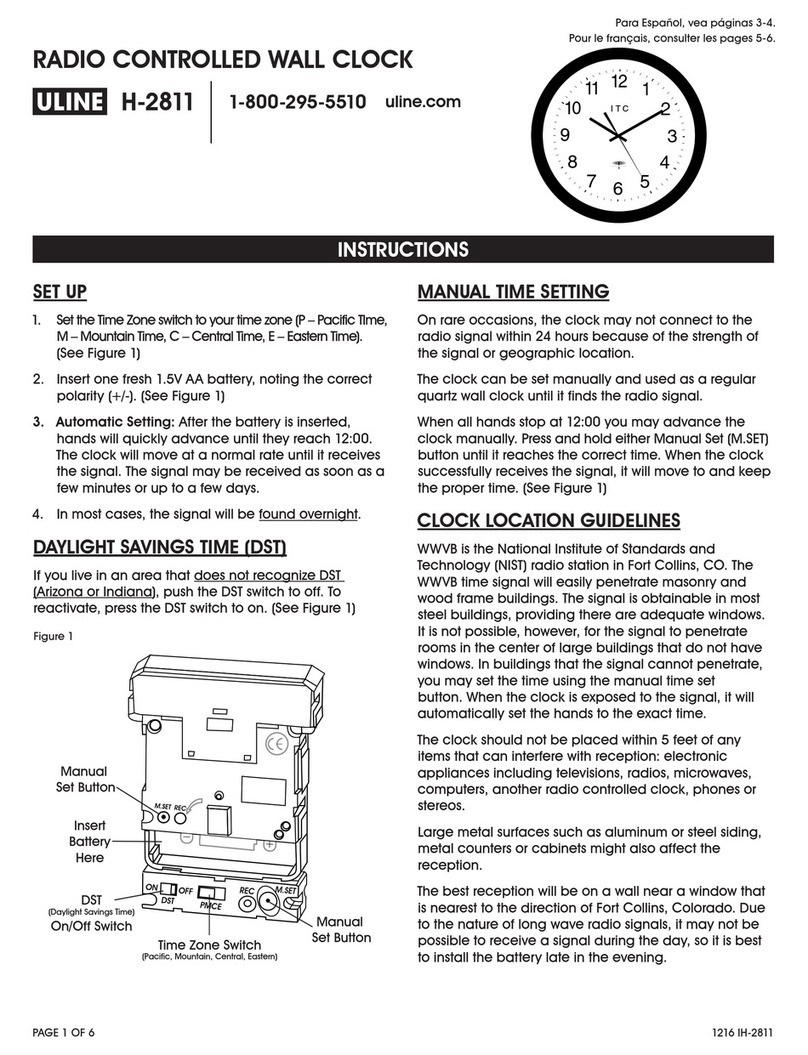BALANCE TIME 866465 User manual
Other BALANCE TIME Clock manuals
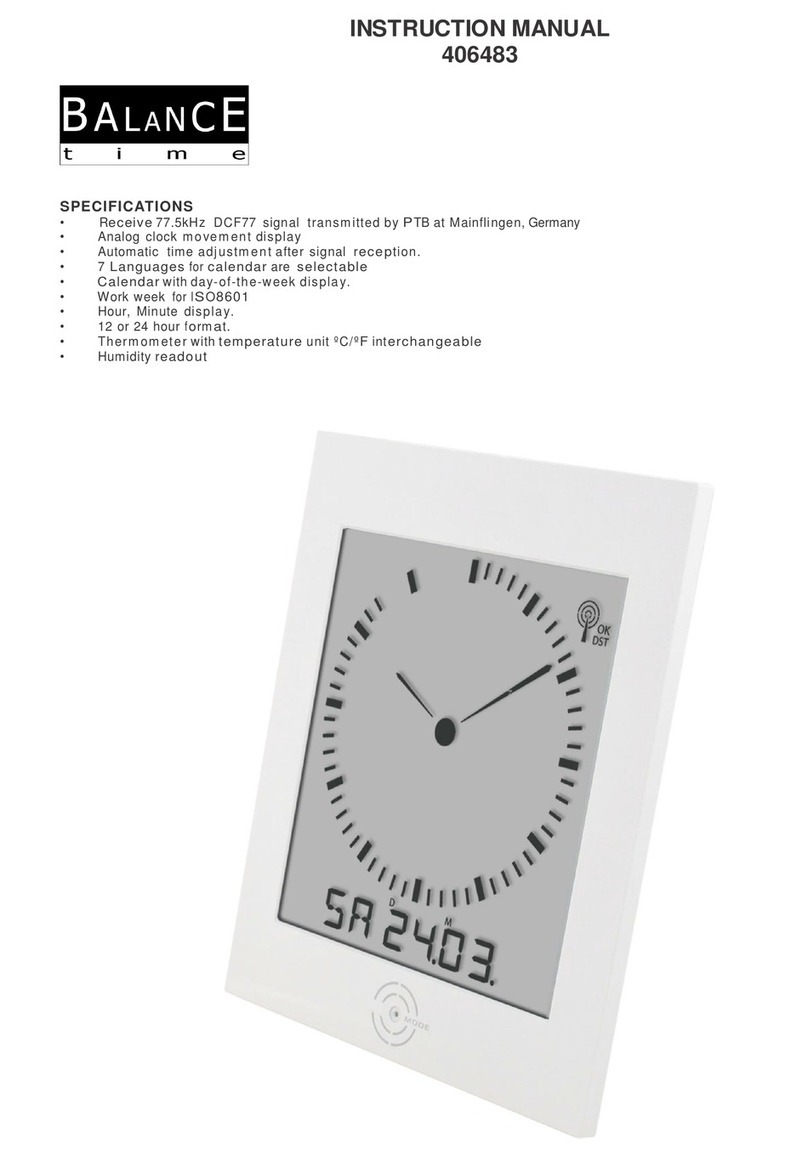
BALANCE TIME
BALANCE TIME 406483 User manual

BALANCE TIME
BALANCE TIME 372494 Installation instructions
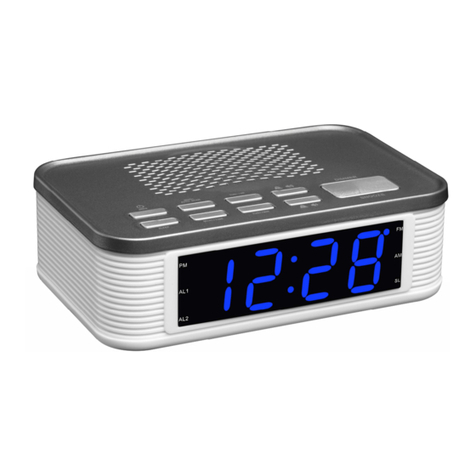
BALANCE TIME
BALANCE TIME 112664 User manual
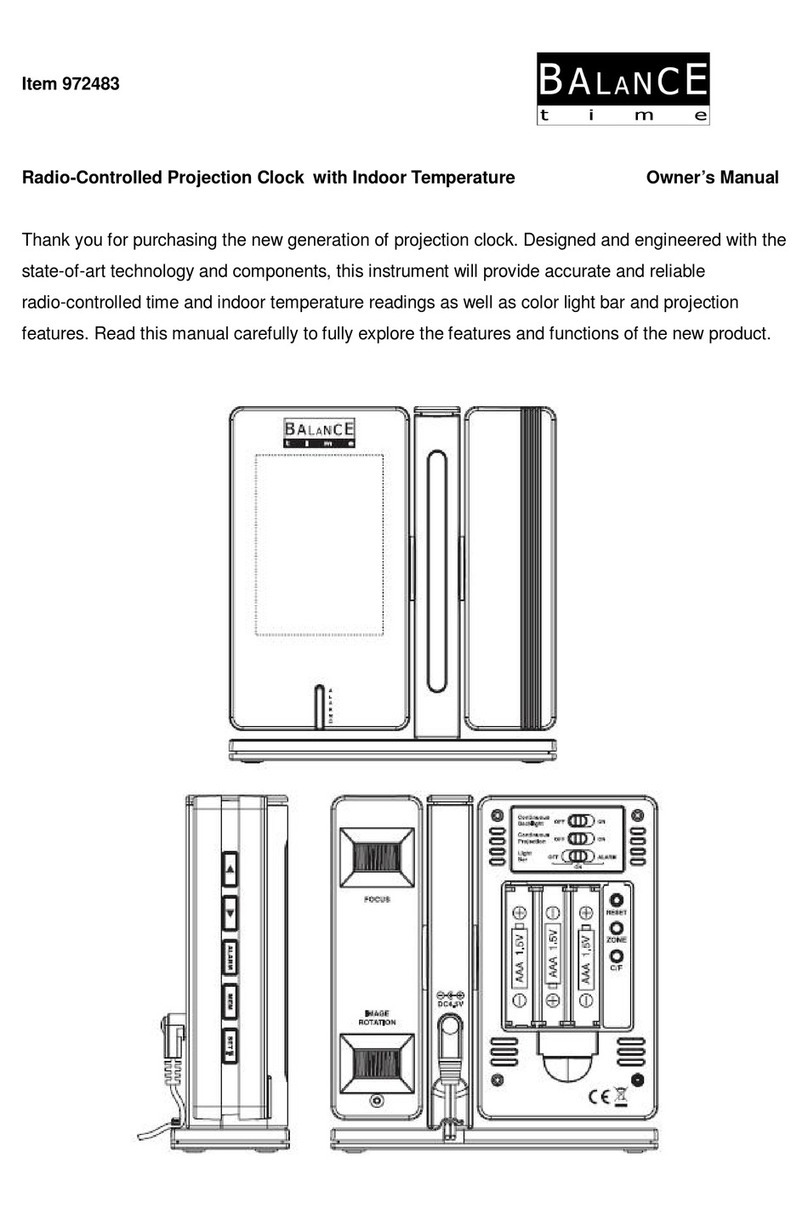
BALANCE TIME
BALANCE TIME 972483 User manual
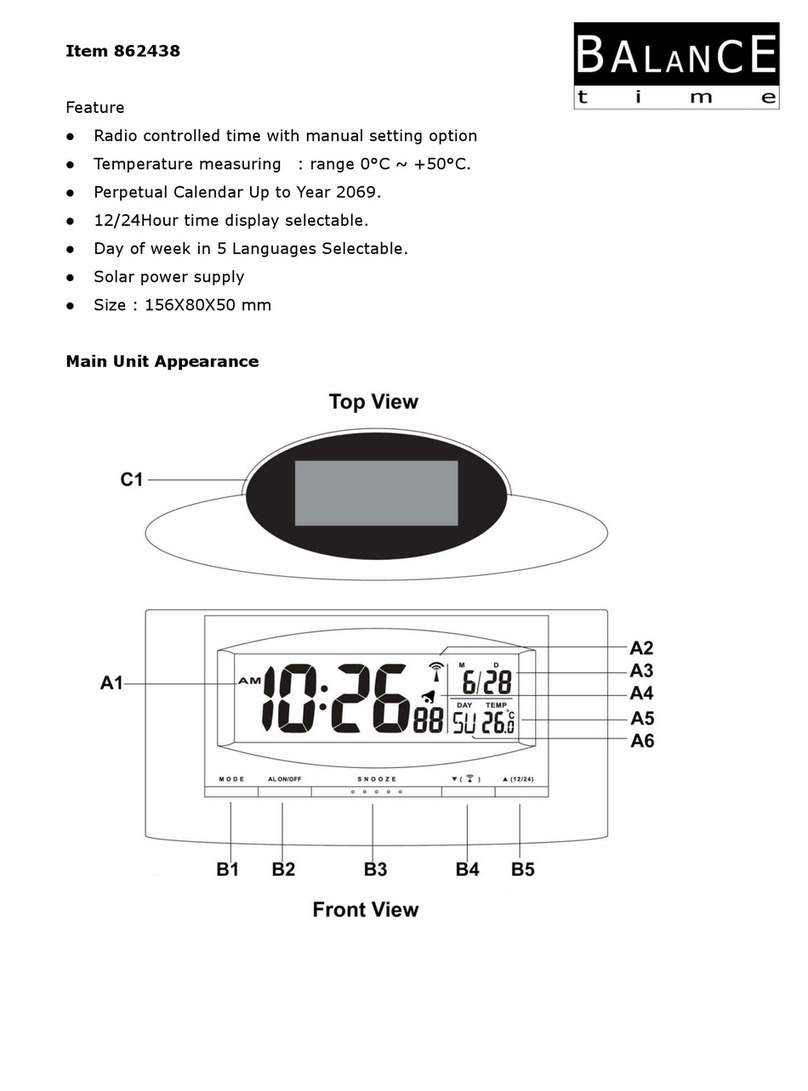
BALANCE TIME
BALANCE TIME 862438 User manual
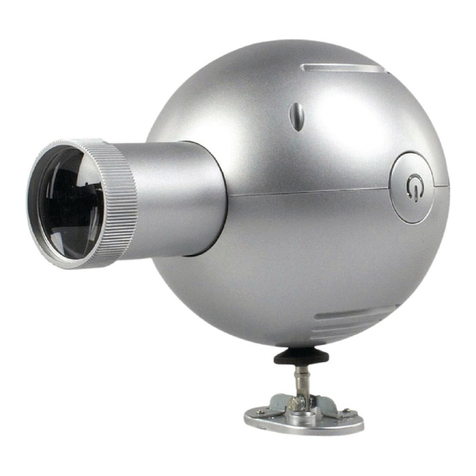
BALANCE TIME
BALANCE TIME 396255 User manual
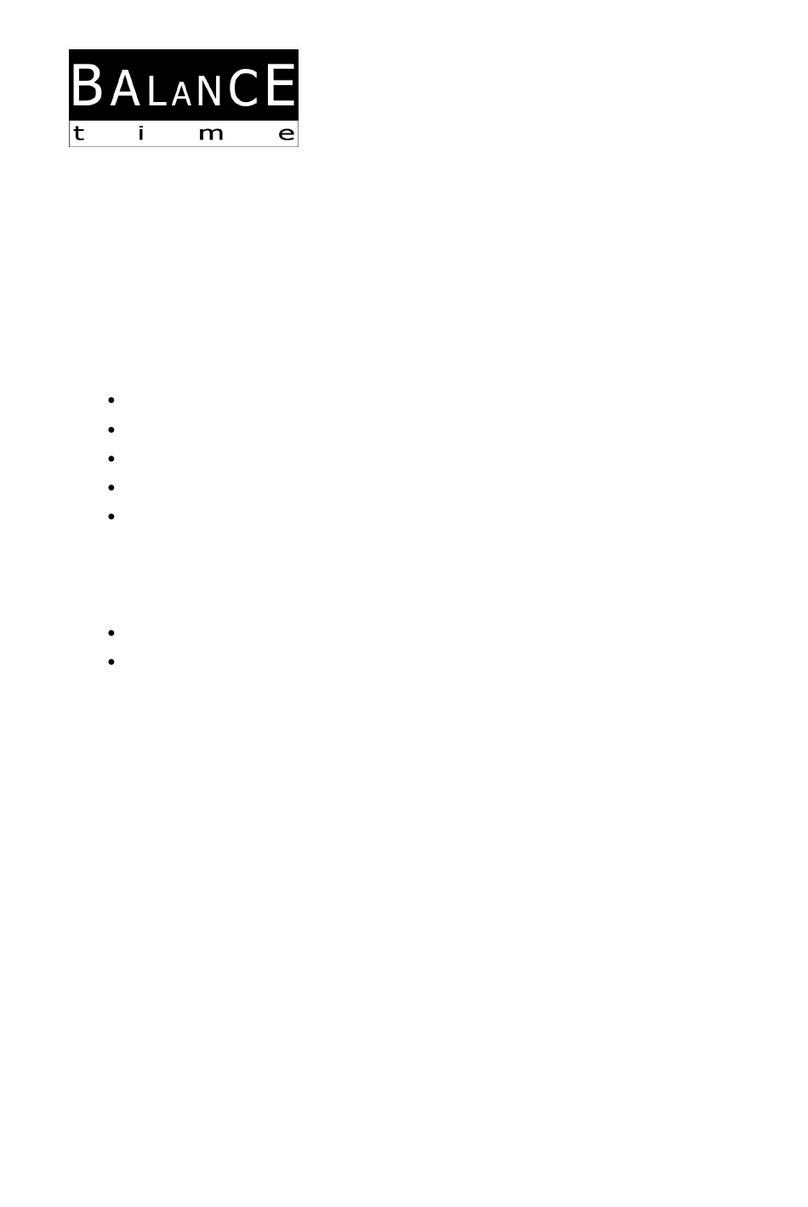
BALANCE TIME
BALANCE TIME 866416 User manual
Popular Clock manuals by other brands
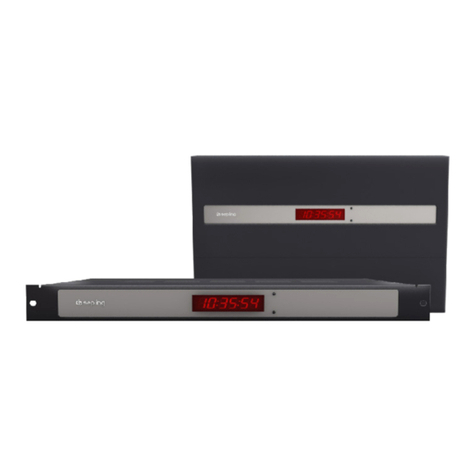
Sapling
Sapling NTP 7000 Series installation manual
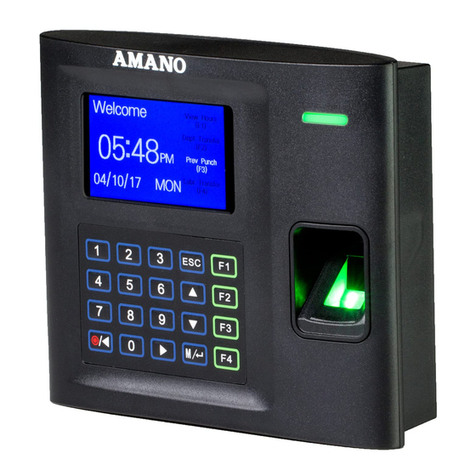
Amano
Amano MTX-30F Installation & operation guide

La Crosse Technology
La Crosse Technology BBB86118v3 Setup guide
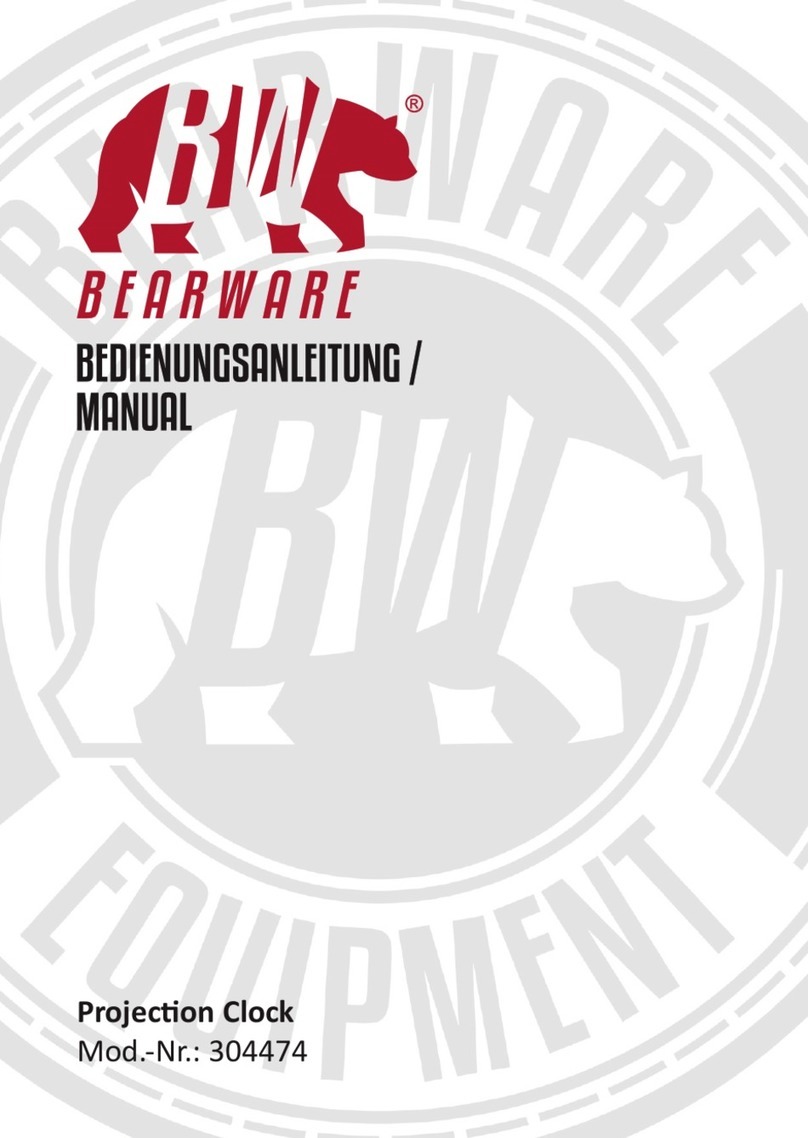
BEARWARE
BEARWARE 304474 manual
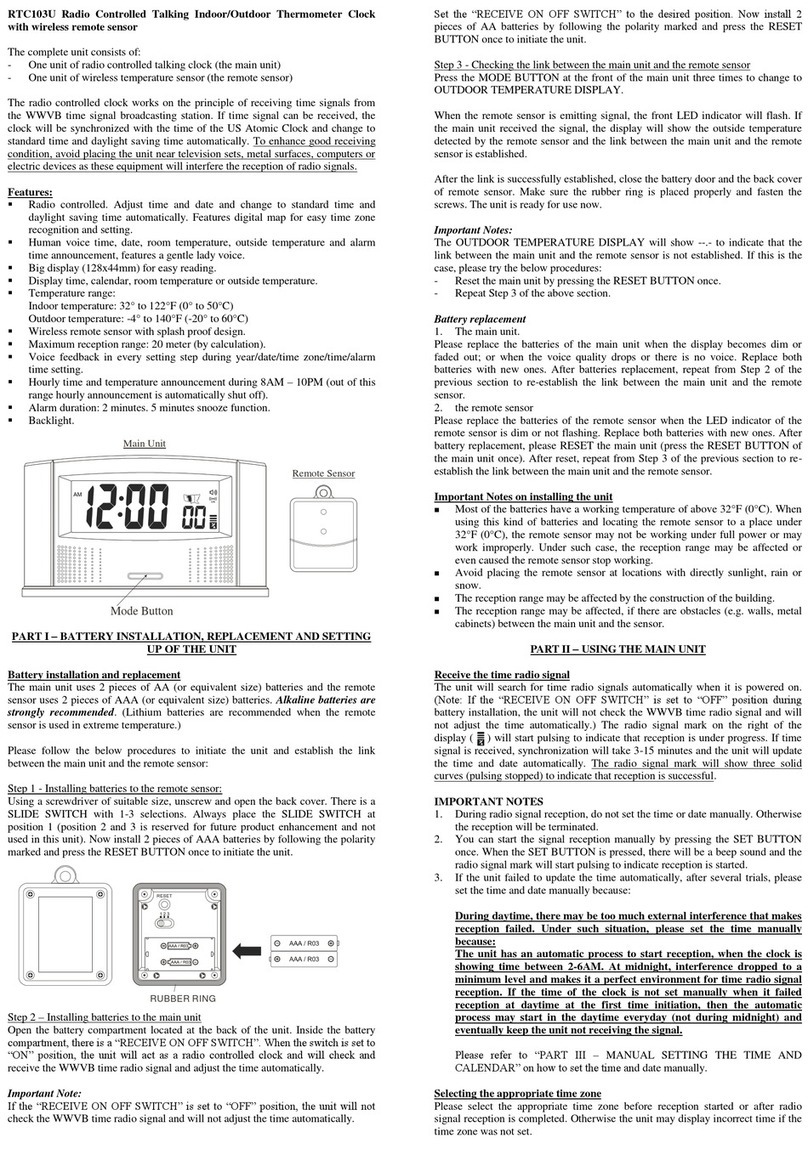
LS & S
LS & S RTC103U instruction manual
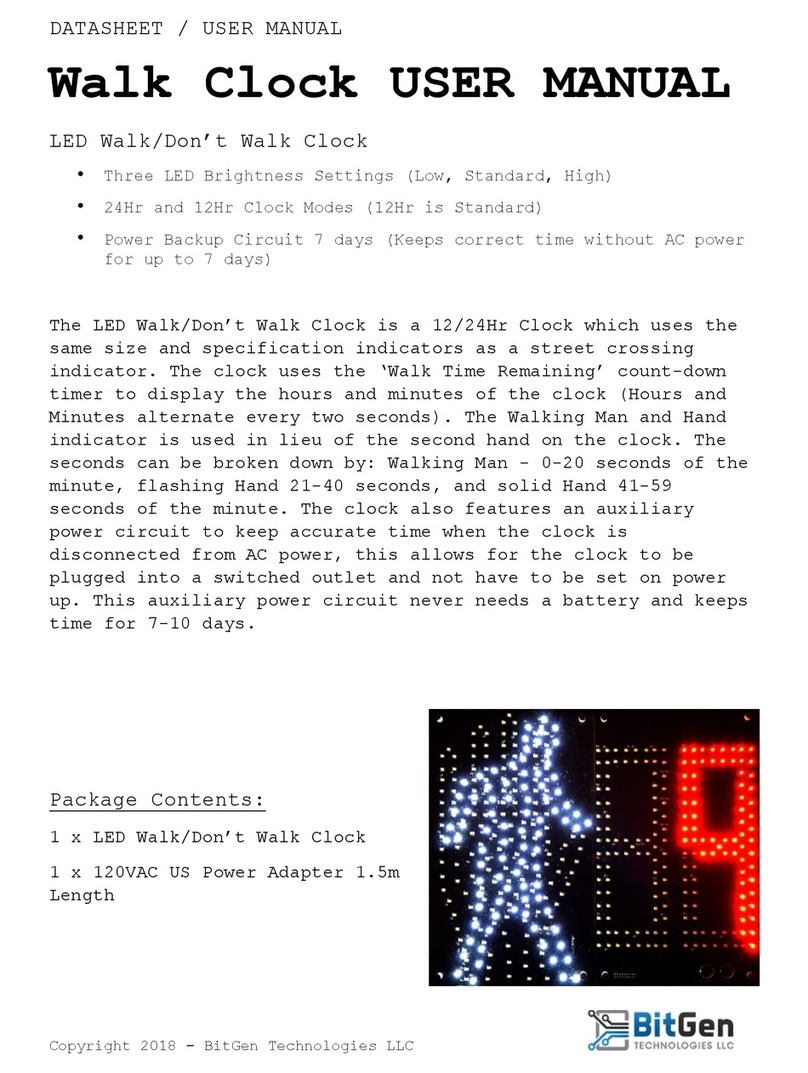
BitGen Technologies
BitGen Technologies LED Walk/Don't Walk Clock user manual
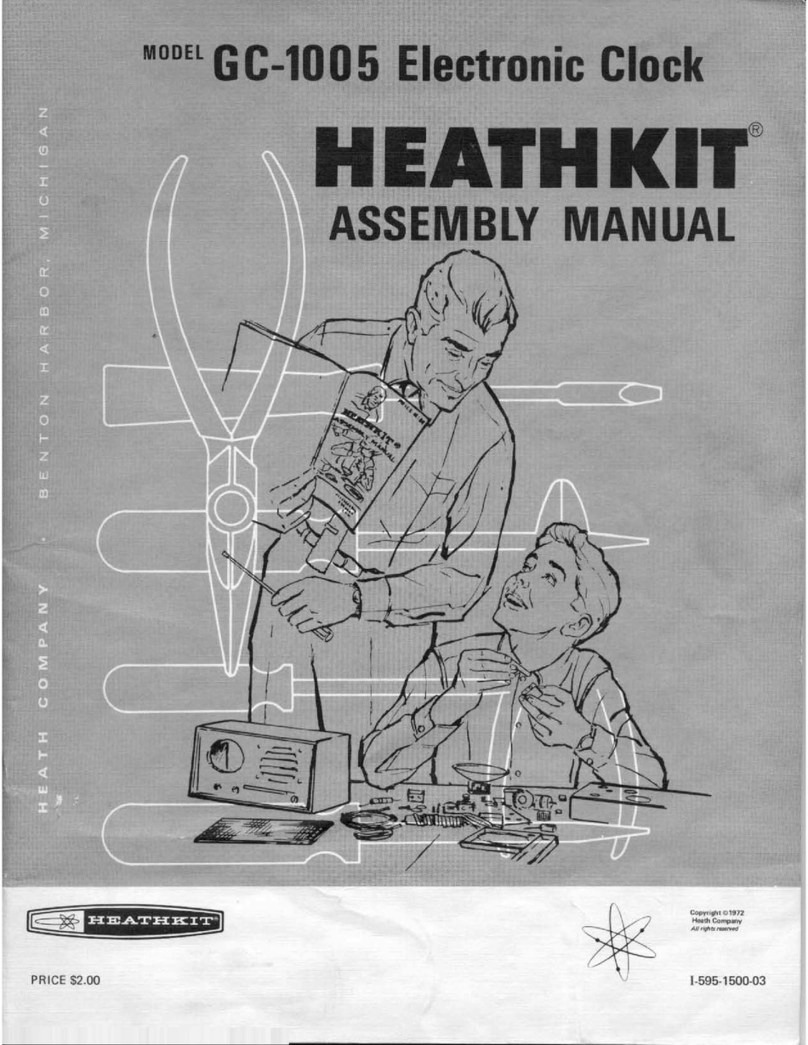
Heathkit
Heathkit GC-1005 Assembly manual
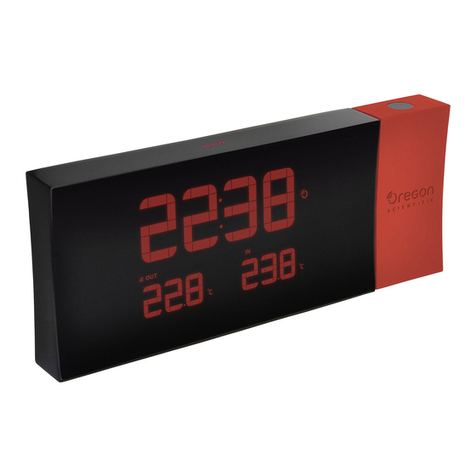
Oregon Scientific
Oregon Scientific PRYSMA RMR221P manual
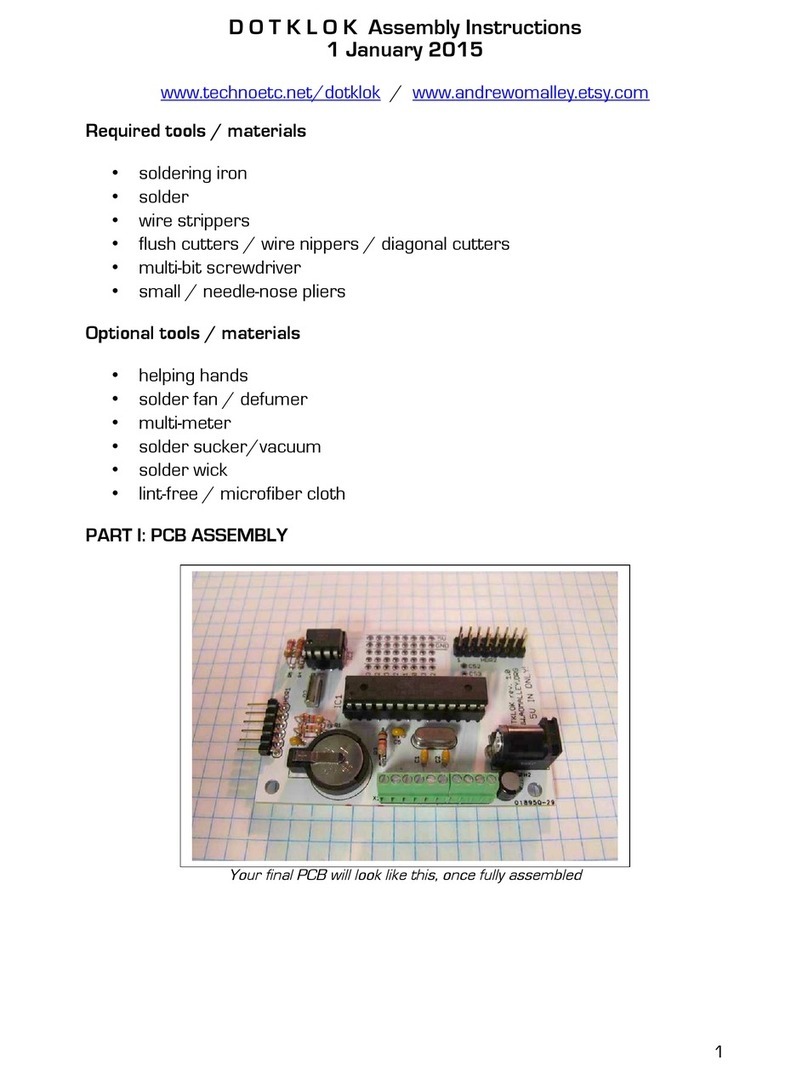
Andrew O'Malley
Andrew O'Malley DOTKLOK Assembly instructions

Nixie Clock
Nixie Clock Divergence Meter user manual

La Crosse Technology
La Crosse Technology WS-8256-AL user manual
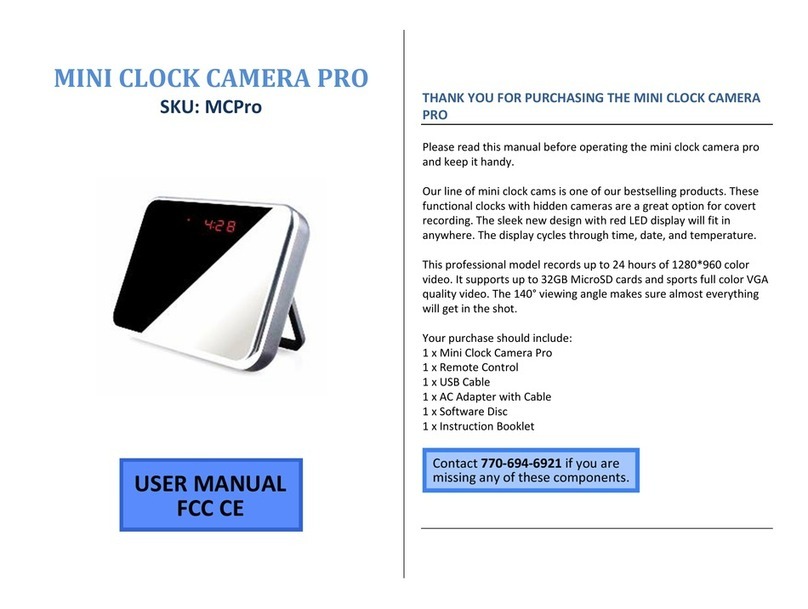
Mini Gadgets
Mini Gadgets MCPro user manual
